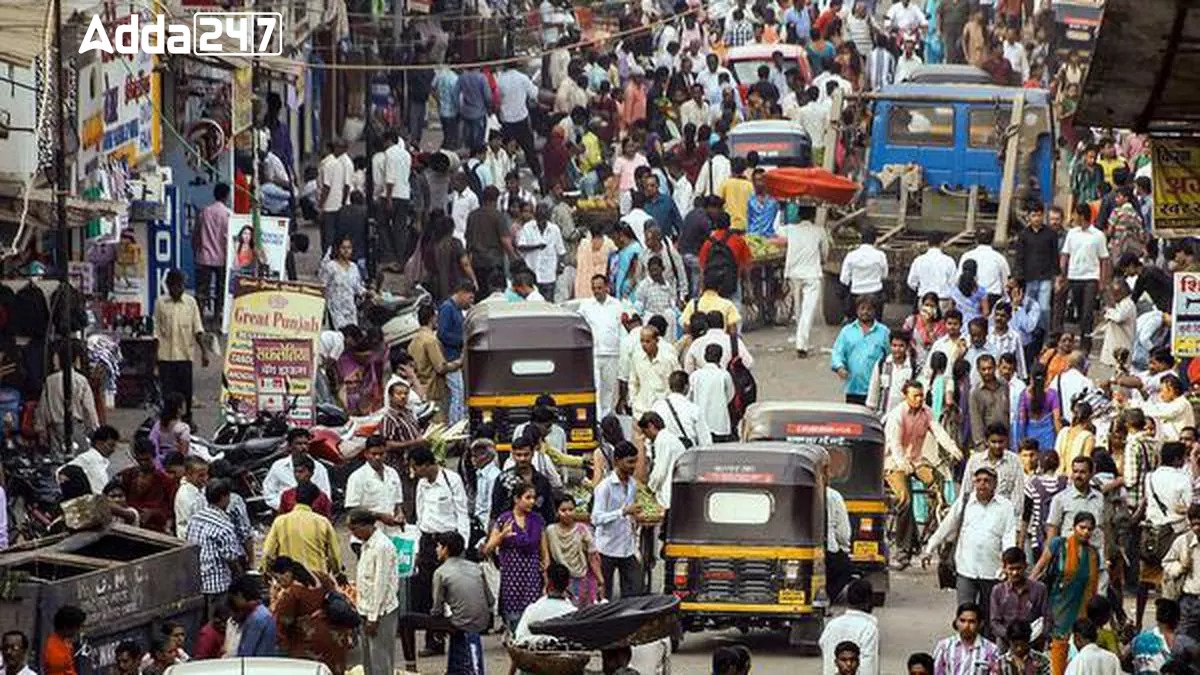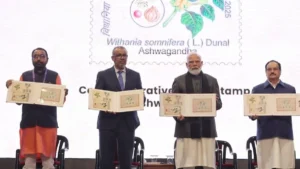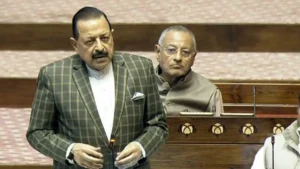The United Nations Population Fund’s (UNFPA) latest report, titled “Interwoven Lives, Threads of Hope: Ending Inequalities in Sexual and Reproductive Health and Rights,” sheds light on India’s population dynamics and the persistent disparities in sexual and reproductive health.
India’s Population Overview
India leads globally with an estimated population of 144.17 crore, surpassing China. The report reveals that India’s population is expected to double in 77 years. Notably, 24% of India’s population falls in the 0-14 age bracket, indicating a significant youth demographic.
Maternal Health Progress and Challenges
While maternal deaths have decreased, accounting for 8% of global fatalities, India still faces stark inequities in maternal health. Despite improved access to maternal health services, disparities persist, with certain districts experiencing alarmingly high maternal mortality ratios.
Gender-based Inequalities
The report highlights ongoing gender-based disparities in healthcare access and outcomes. Vulnerable groups such as women with disabilities, migrants, ethnic minorities, LGBTQIA+ individuals, and disadvantaged castes face heightened risks and barriers to sexual and reproductive health services.
Challenges and Calls to Action
Despite progress in reducing unintended pregnancies and maternal mortality rates, the report underscores persistent challenges, including limited bodily autonomy for women and increasing restrictions on reproductive rights. It emphasizes the urgent need for sustained investment and global solidarity to address these disparities and ensure equitable access to sexual and reproductive health care.




 Prime Minister Releases Commemorative Po...
Prime Minister Releases Commemorative Po...
 Parliament Passes SHANTI Bill, AERB Gets...
Parliament Passes SHANTI Bill, AERB Gets...
 Viksit Bharat G RAM G Bill Passed in Lo...
Viksit Bharat G RAM G Bill Passed in Lo...







